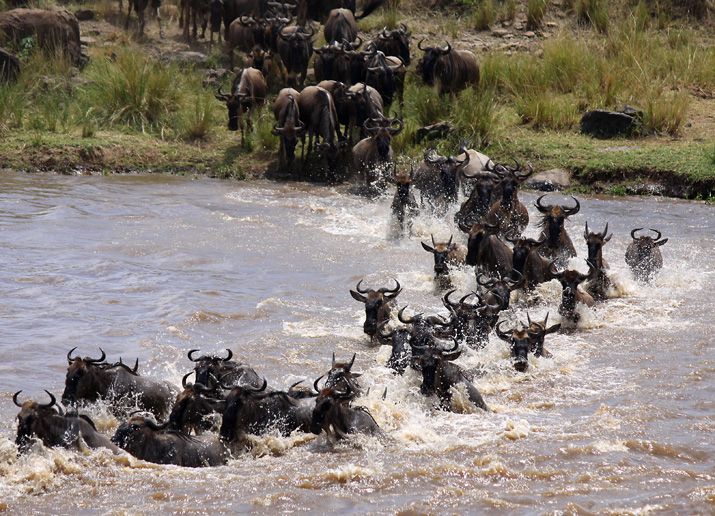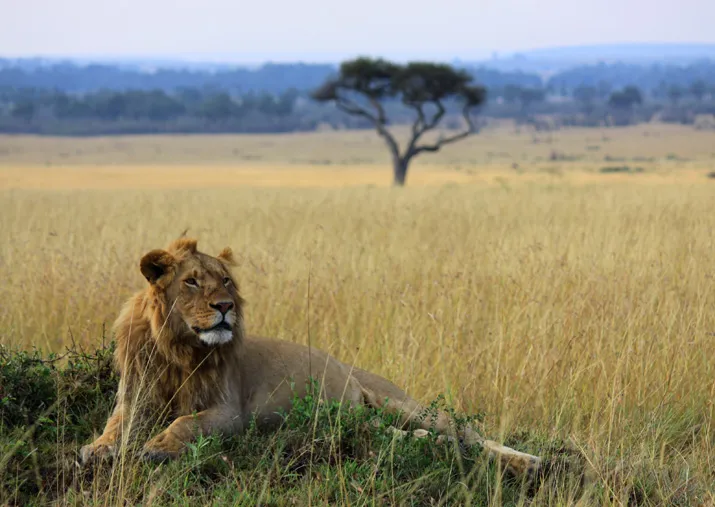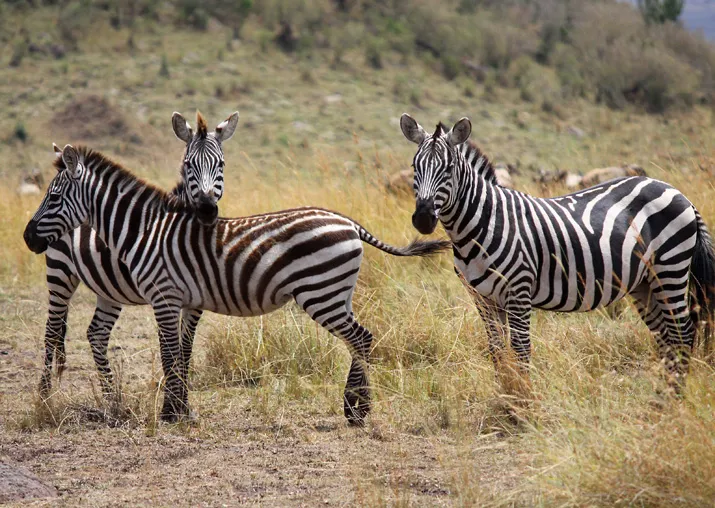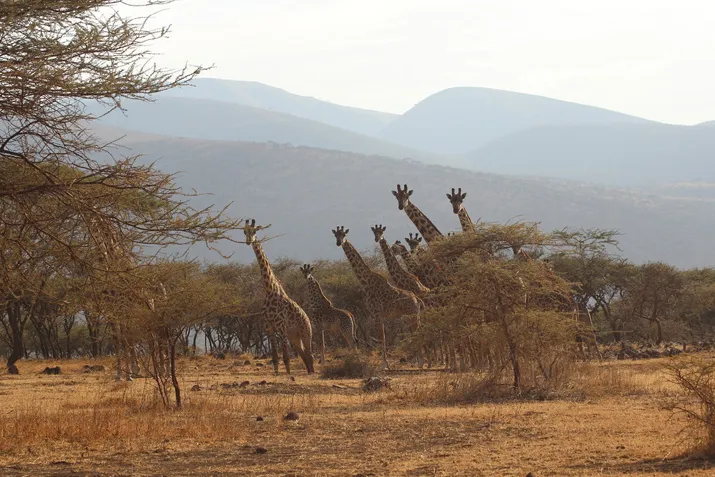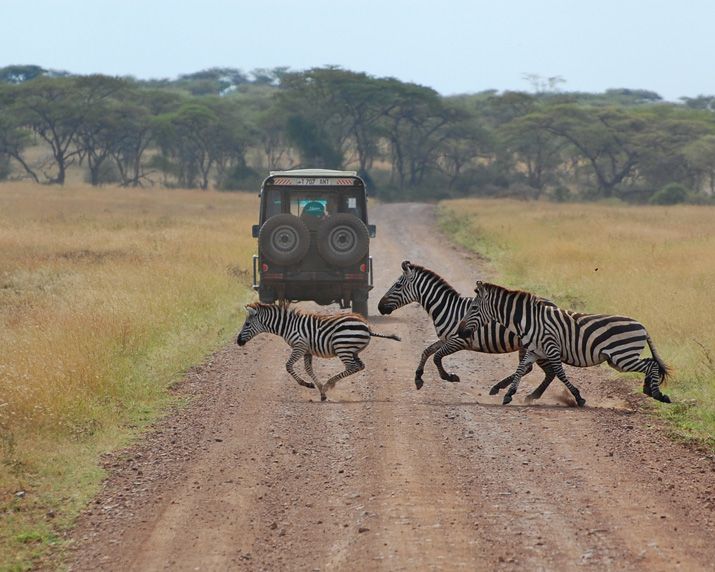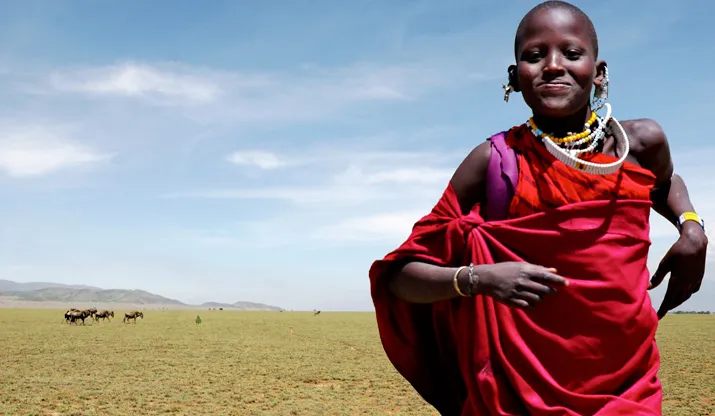Join the Migration in the Serengeti
Hordes of wildlife travel 300 miles across the “land of endless space” in the largest migration on Earth
/https://tf-cmsv2-smithsonianmag-media.s3.amazonaws.com/filer/lifelist-serengheti-631.jpg)
Each year, the primal drama of survival plays out on an epic scale on the plains of the Serengeti. An estimated one-and-a-half million wildebeests, along with hundreds of thousands of zebras and gazelles, make a 300-mile circuitous journey across the vast grasslands that stretch across northern Tanzania, then west toward Lake Victoria, east to the Ngorongoro highlands and north into Kenya. Lions, cheetahs and hyenas tenaciously pursue their prey, while hordes of crocodiles hunker down in the Mara River, eager to pick off wildebeests struggling across swift currents.
The Serengeti ("land of endless space" in Masai) is the only place in Africa where migrations of this magnitude occur. The wildebeests follow the trajectory of the seasonal rains that nourish the fresh grass on which they graze.
Aside from the long rains that drench visitors in April and May, the Serengeti is a year-round destination—'although what you see can vary depending upon when and where you go. Predators tend to congregate during the calving season in the southern plains of the Serengeti National Park from January to March, when the young wildebeests are at their most vulnerable. To see the Mara River crossings in Kenya, the best time to visit is September and October.
The mass migration is what defines the Serengeti, say photographers Jonathan and Angela Scott, who visited the site for nearly 25 years for their book Mara-Serengeti: A Photographer's Paradise. "It patterns the lives of other animals. The wildebeests are the architects of the plains."
Planning Your Next Trip?
Explore great travel deals
Smithsonian magazine participates in affiliate link advertising programs. If you purchase an item through these links, we receive a commission.
